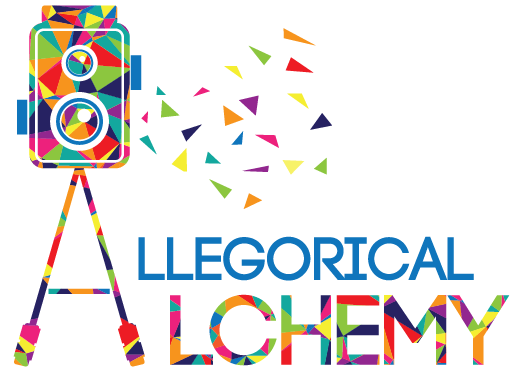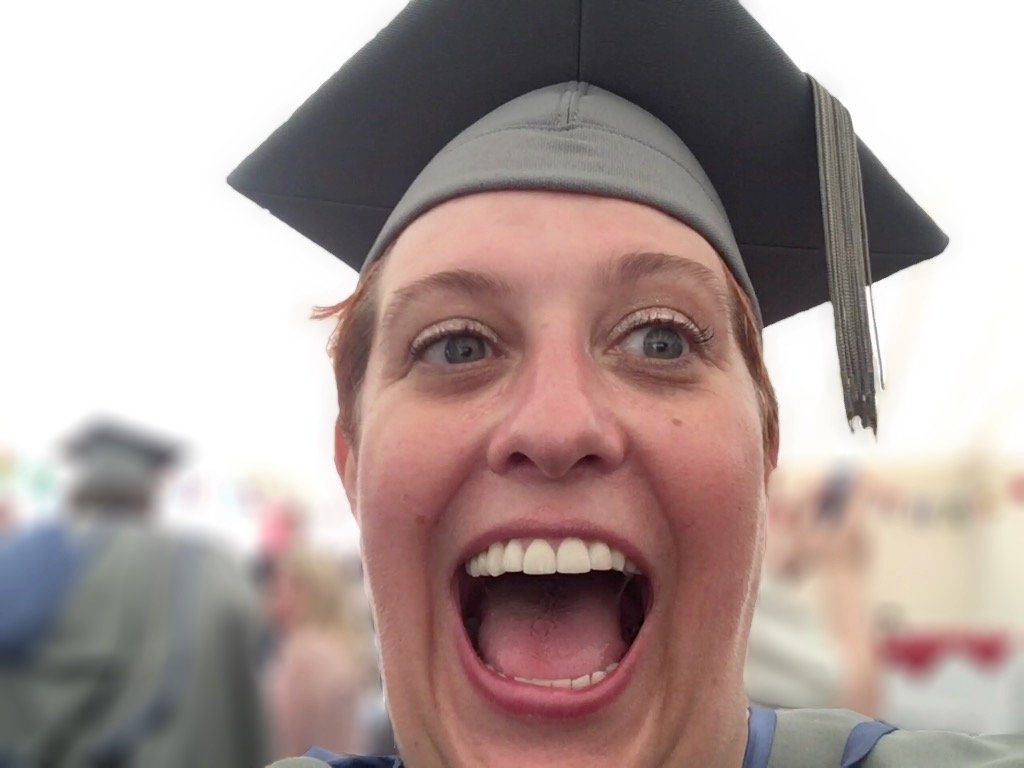Those unfamiliar with the filmmaking process naively think that once the footage is recorded that most of the work of filmmaking is done. In fact, it is only just begun.
Editing is “the most critical aspect of the production process” where films are given “their feelings, energy and impact”. (Billinge)
My Documentary Approach
In documentary film, the editor’s primary focus is in understanding the film’s central argument and using this to inform decisions of the story to be told across the film. In my work doing knowledge translation for the health industry, the term “the central argument” would be the key messages agreed in pre-production that become the cornerstone of patient stories and information sharing for medical purposes.
Mastery of Editing is Everything
Sounds simple, right? It’s not. Editing involves the ability to focus at both a macroscopic and microscopic level: identifying what shots to include in the film; how long to hold them; what narrative to tell; what to omit (De Jong, Knudsen & Rothwell); how to build the narrative arc; how to juxtapose shots; and rises and falls in tension. It is also considering how to put together covering shots so that they not only tell a story but have a natural flow to them so that changes in eye gaze are not jarring to the viewer. It also includes colour correction, fixing little glitches in sound, and making the film accessible to those with hearing impairments through addition of closed-captioning.
Editing is everything. It is about feeling the emotion to craft the story but also being super practical and getting into the mechanics of it. It is all encompassing. The outside world does not exist when I am in the editing zone. Editing is also the area of filmmaking that I am most grateful to have focused some of my Master’s on.
Pearlman describes how editors intuitively edit rhythmically using a combination of expertise, implicit learning (for example, knowledge gained from watching films), judgement, sensitivity, creativity and rumination. She puts forwards the viewpoint that editors should learn the theory of cutting rhythms then allowing it to subconsciously guide their decisions through the editor’s intuition.
Want to skip straight to my step-by-step process? Click here.
Keen to keep geeking out with me on editing theory with me, keep reading.
Adopting Editing Lessons from my Master’s
Billinge suggests that a film should be edited in three ways to tell the story through image, sound, and emotion. Pearlman agrees identifying that a critical part of this is the movement in the story, emotion, and images. Murch likens the process to orchestrating a symphony and involves finding a balance when juxtaposing shots between highlighting contrast and similarity.
“A symphony can last for an hour or more because the composer and the performers have developed a harmonic argument, musical questions and answers and contradictions, affirmations, resolutions, all tumbling together in continually surprising and yet ultimately self-evident way. A film is really trying to do the same thing, by bringing together all the different cinematic crafts including music” (Murch)
Pearlman believes that films should have contrast to allow “cycles of tension and release” which will “synchronize the audience to the movement in the film”. Editing is therefore selecting, placing, and cutting shots in the right place to achieve this.
In the early edits, aside from following the three-act structure (see Anatomy of a Story), this is achieved through editing for emotion. Rabiger notes that when editing you should be tuned into your emotional reactions to the raw material contained within the rushes as the audience will likely have a similar reaction. Pearlman further describes this phenomenon, attributing our mirror neurons to the ability to have kinaesthetic empathy, i.e. tuning “the awareness of the movement in the film to the rhythm of our own bodies”.
Editing For Emotion
I am acutely aware of this when I am editing, I am paying attention to what makes me feel a surge of emotion, the lump in the throat, or a pang of heartache, as the audience will likely feel the same. Conversely, are there scenes where my mind starts to wander, or I lose focus, if I am not fully engaged then it’s an indication that the viewer may also be bored. The literature agrees, Pearlman states “shaping event rhythm relies on knowing when and how the audience know enough about one event and are ready for the next”. If the placement is wrong then the audience has the potential to lose interest as a result of confusion or boredom. Murch, believes that too much information encourages “the audience to become spectators rather than participants”, and this is a quick way to disengage someone.
Scenes are cut based on their story, emotional content or rhythm. No matter what the cut is based on, juxtaposing shots should create an energy that propels the film forwards. The placement of the cut, the timing and duration can all affect this energy, but when good selections are made, the audience is given the “impression that the energy an action in the first shot causes the responsive motion seen in the next shot” (Pearlman).
Different editors have different ways of knowing exactly where to cut a scene. Murch described it as in a “blink of eye” stating that “the blink is something that helps and internal separation of thought take place, or an involuntary reflex accompanying mental separation”, believing that the sense is completed when the subject’s thought is completed. Pearlman looks for other tell-tale signs including “pauses… hesitations, shifts in position, glances, twitches, smiles, sobs, sights, startles [and] shivers”. Ultimately, it is about paying attention to the subject on screen and learning to identify their natural rhythms and cutting the film to reflect this, and Pearlman is quite correct, once you know the theory letting your intuition takeover is fundamental to this process.
Making The Cut in The Approach to Short Film
If a scene does not contribute to the overall narrative, according to Billinge it has no place being in the film. This is sage advice especially when creating a short (typically five to eight minutes) film is the aim. Sometimes the people who I interview tell me the most wonderful stories that tug at the heart strings, but their presence in the film would detract from the main message and narrative of the film. Given the aim is to communicate key messages on a given topic, diversions would be an error. And so, regrettably one must “cut their darlings”.







